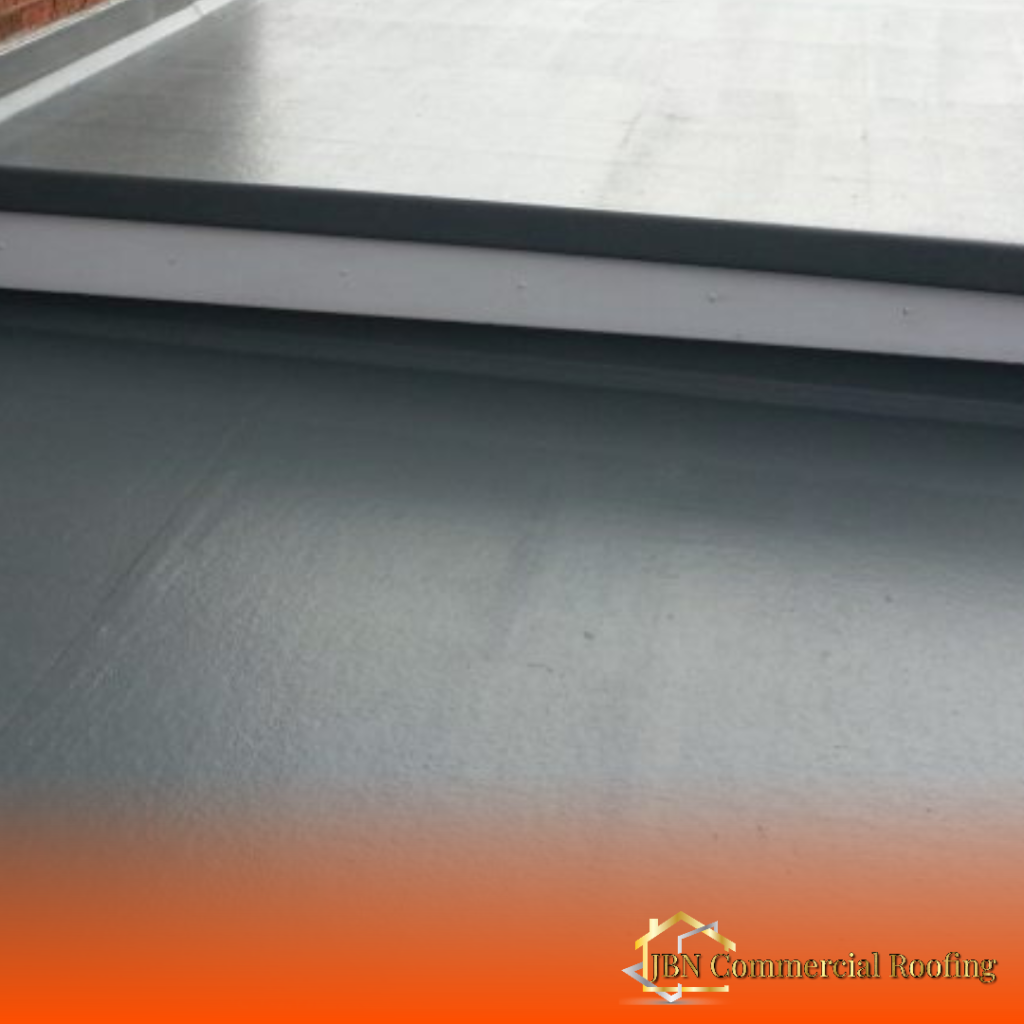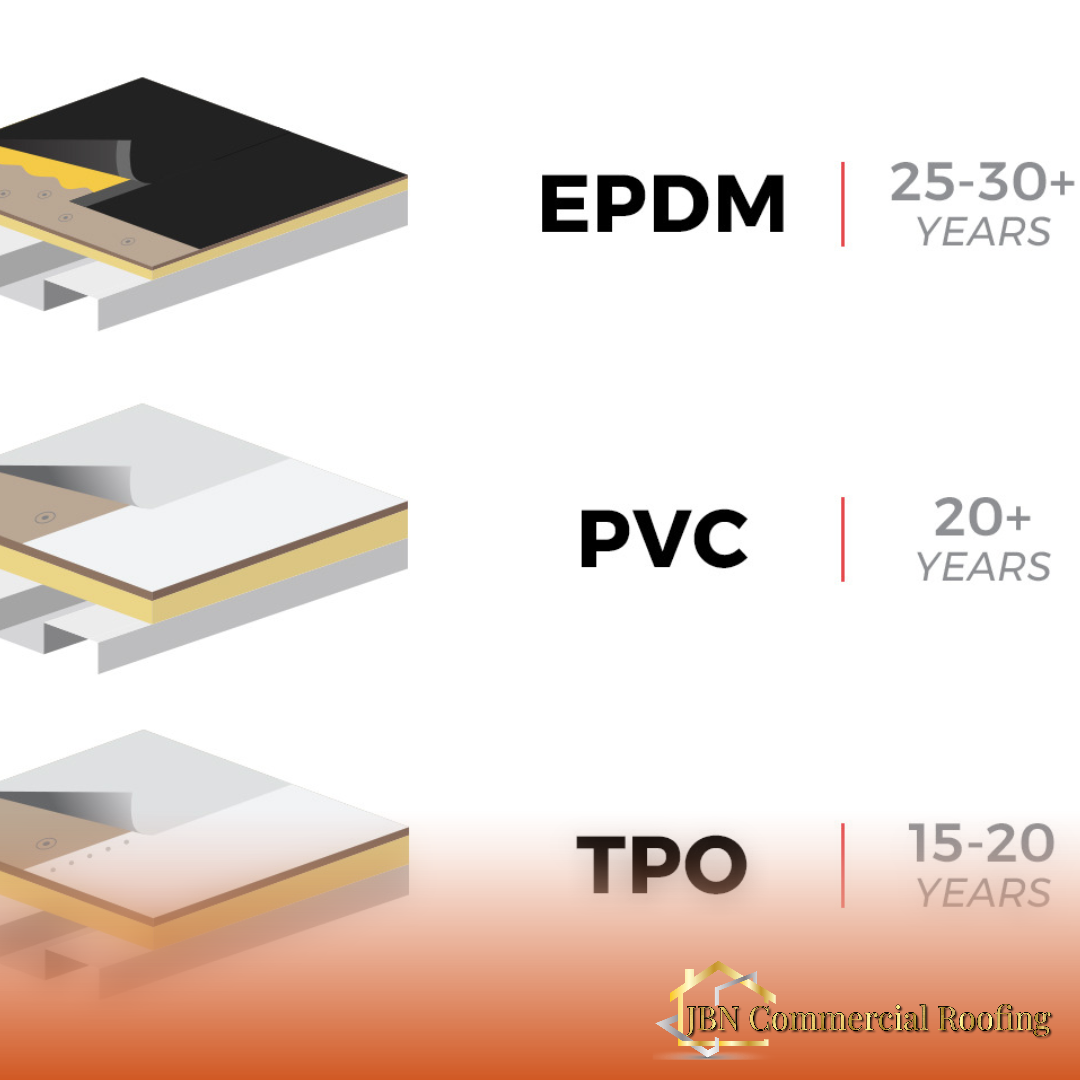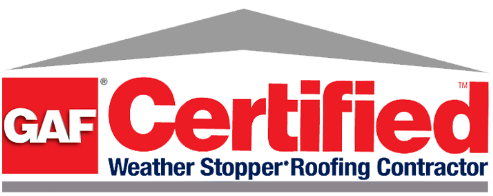EPDM Roof Installation
EPDM ROOFING
EPDM stands for ethylene propylene diene terpolymer. It’s a synthetic rubber roofing product that can be used in both commercial and residential buildings with low slopes.

EPDM Roofing: Installation and Benefits
EPDM roofing’s simplicity of installation is a notable advantage. EPDM roofing is far more labor-intensive than traditional roofing materials. This is due to the fact that it can be installed in large sheets which reduces labor costs. Professional rubber roof installers are highly recommended for adhering the rubber membrane onto the surface. An commercial roofing contractor will be able to assess your building and determine the best installation method – ballasted or fully adhered or mechanically attached.
EPDM roofs can need to be maintained and repaired as with any other roofing material. Rubber roofing repairs are often quick and easy. A simple application of liquid rubber, or special tape, can often fix a leak. An EPDM roof is also very easy to maintain, especially compared to other roofing materials. Some EPDM roofs don’t require any maintenance other than cosmetic upkeep such as acrylic paint repainting once a decade to keep the roof’s color vibrant.
EPDM roofing has a long life span
EPDM roofing installation produces a beautiful rubber roof with superior durability. EDPM has the ability to contract and expand, so it can resist cracking in extreme temperatures. EPDM roofing can be used to reduce your roof’s temperature by up to 80° in extreme heat. A black EPDM roof should be painted with a white acrylic paint that is water-based to ensure optimal temperature regulation.
EPDM roofing is known for its durability in extreme weather conditions such as snow, hail, hail, wind. Damage can occur if standing water is allowed to sit for too long. We recommend that your roof be properly drain before installing an EPDM roof. If your roof has no pitch or slope, a roof squeegee is able to help reduce standing water. It is recommended to trim any nearby trees to increase water evaporation. This will help extend the EPDM roof’s durability.
Factors Determining Roofing Longevity
The lifespan of a flat roof on a commercial building will depend on many factors. These factors will determine how long a flat roofing membrane lasts. These flat roof membranes all have their advantages and drawbacks, but they are all used on flat commercial roofs.
Every year, new technology is improving the durability, ease of application, and longevity of flat roof membranes. The new TPO membranes are promising, but it is too early to know how long they will last. EPDM is a “base” system that is continually improving.
The following factors affect the life expectancy of a flat roof membrane:
- Climate
- Installation
- Type of system
- Roof penetration
- Proper Maintenance
This means that choosing the right contractor is as important as selecting the right flat roofing membrane. Talk to a professional who is familiar with all three types. This will ensure that you make the best choice for your system and have the best chance of a high-quality installation.
A flat roof will help determine how long your membrane will last. Proper drainage is the best thing you can do. Flat roof slop can eventually seep through to the surface below and cause severe damage. This damage is often not noticed until mold and rot are present.
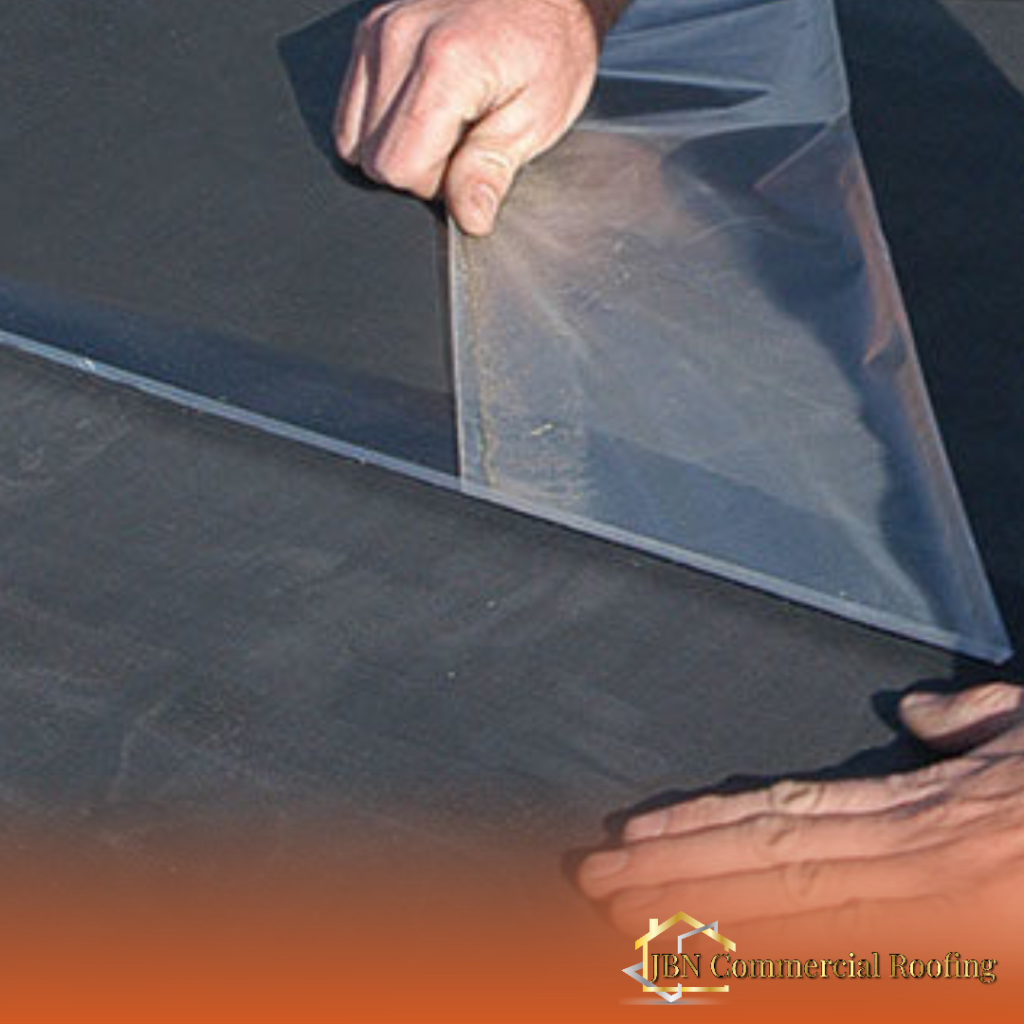
It is important to inspect the seams, flashings and rooftop penetrations regularly and after rainstorms. It will save you money and prolong the life of your membrane by detecting any signs of damage before water leakage occurs.

